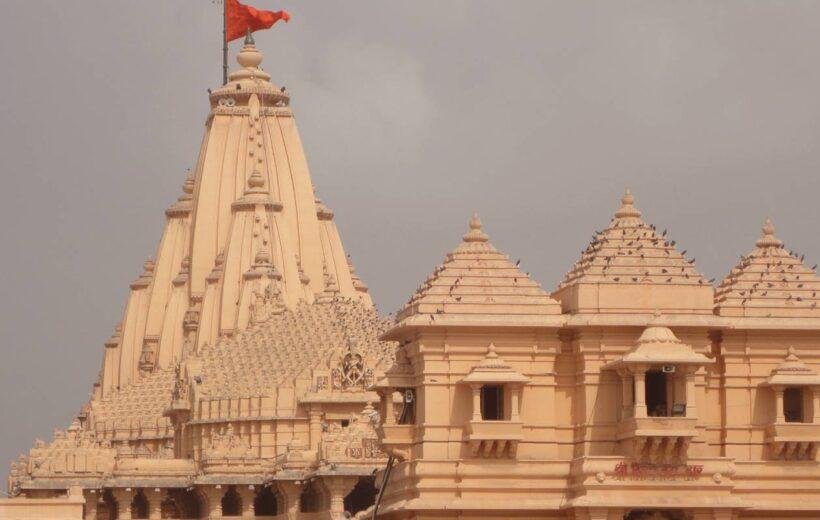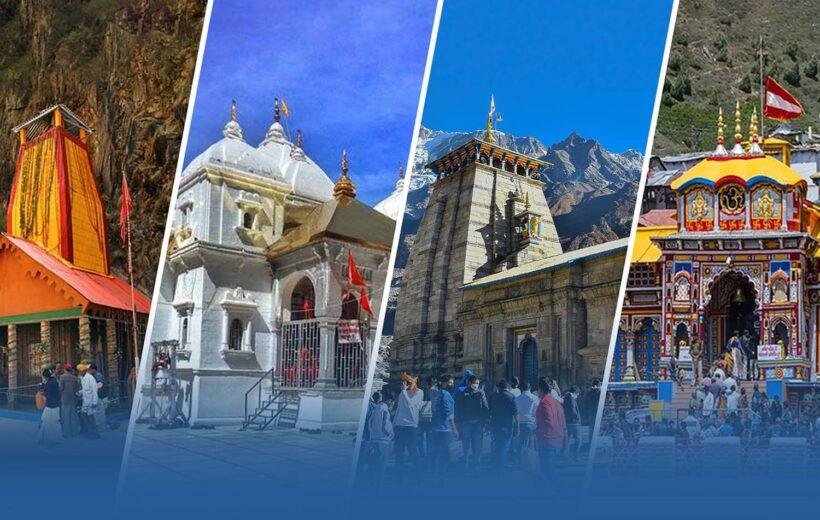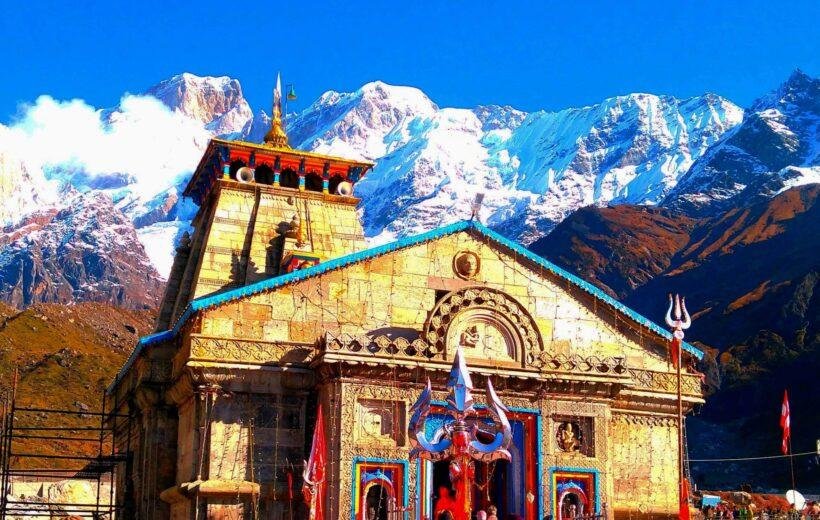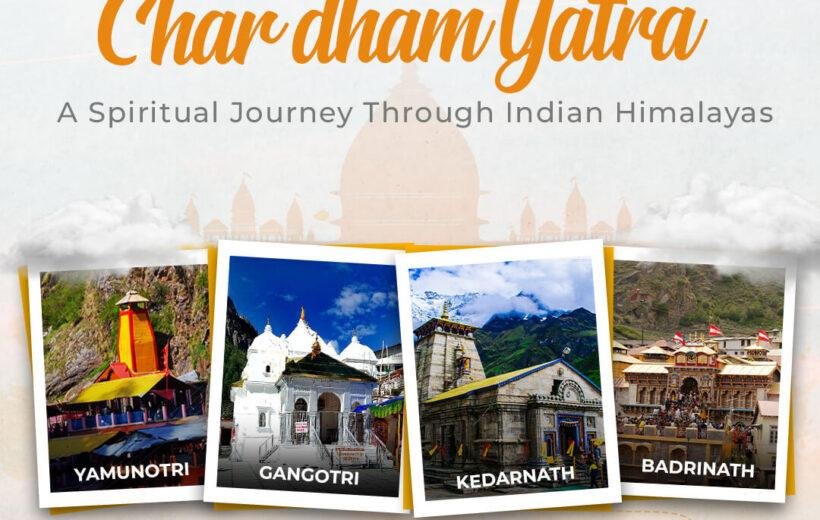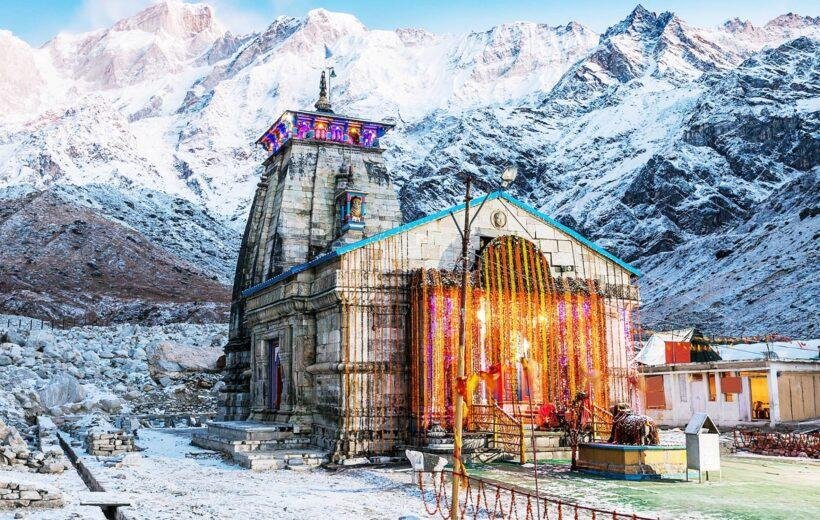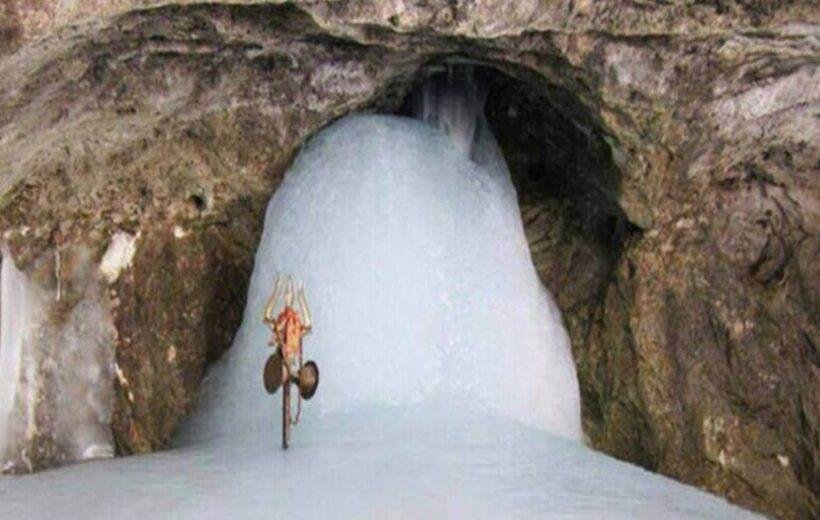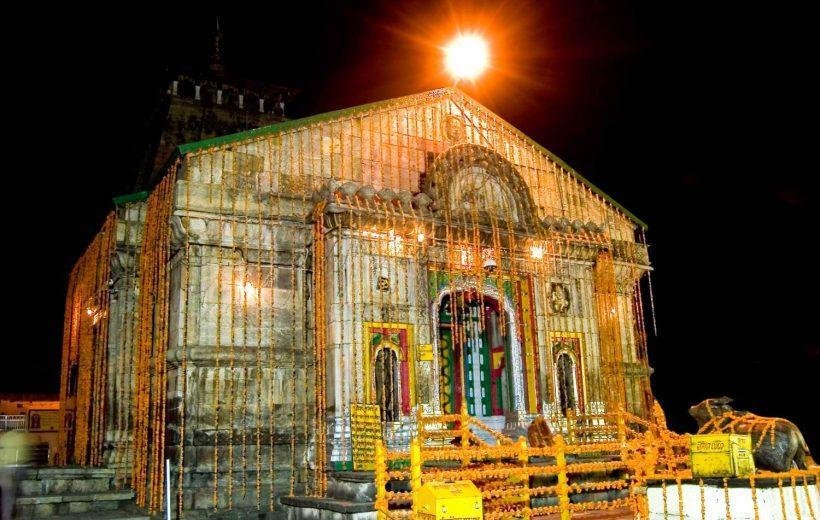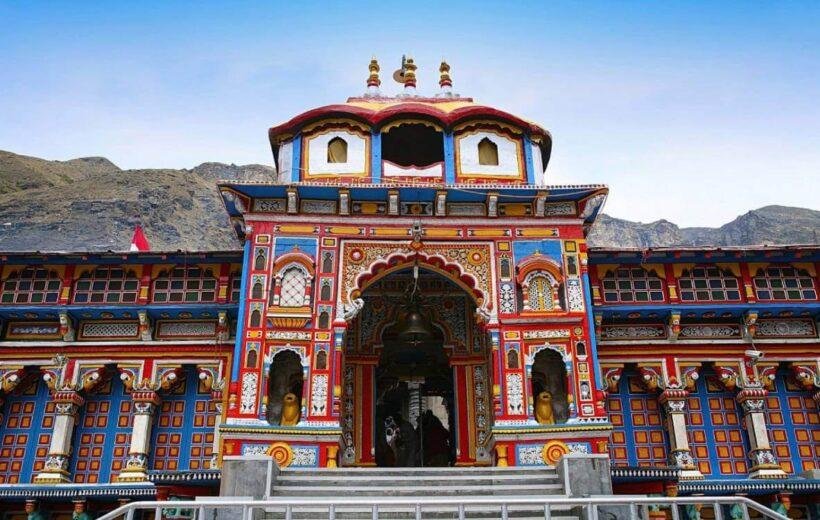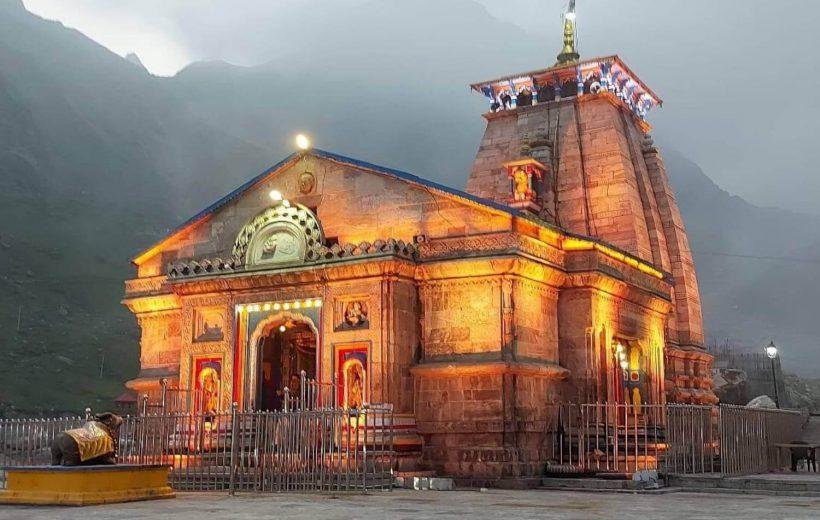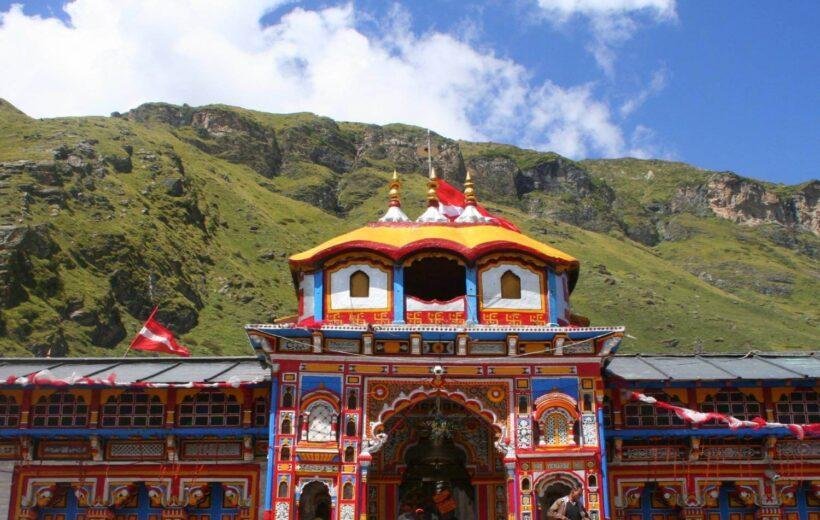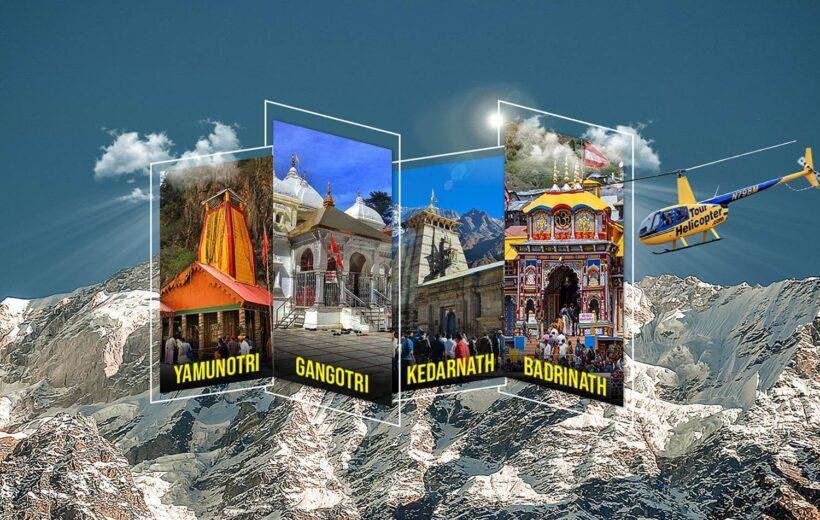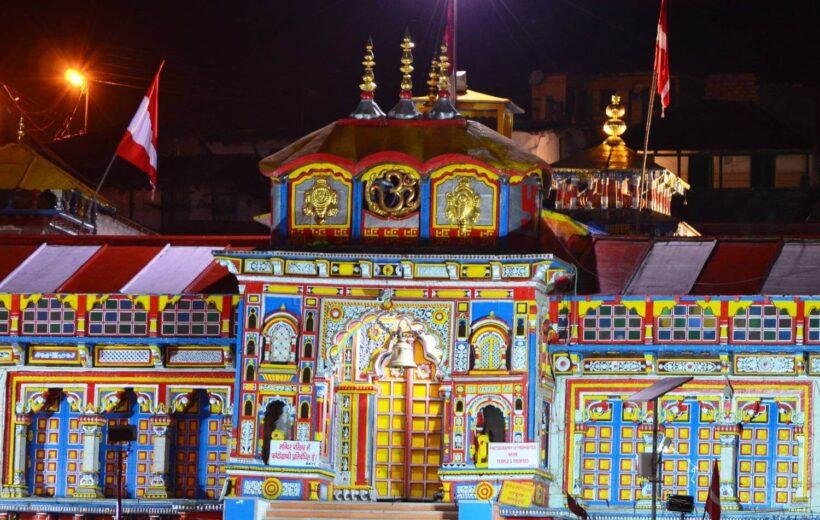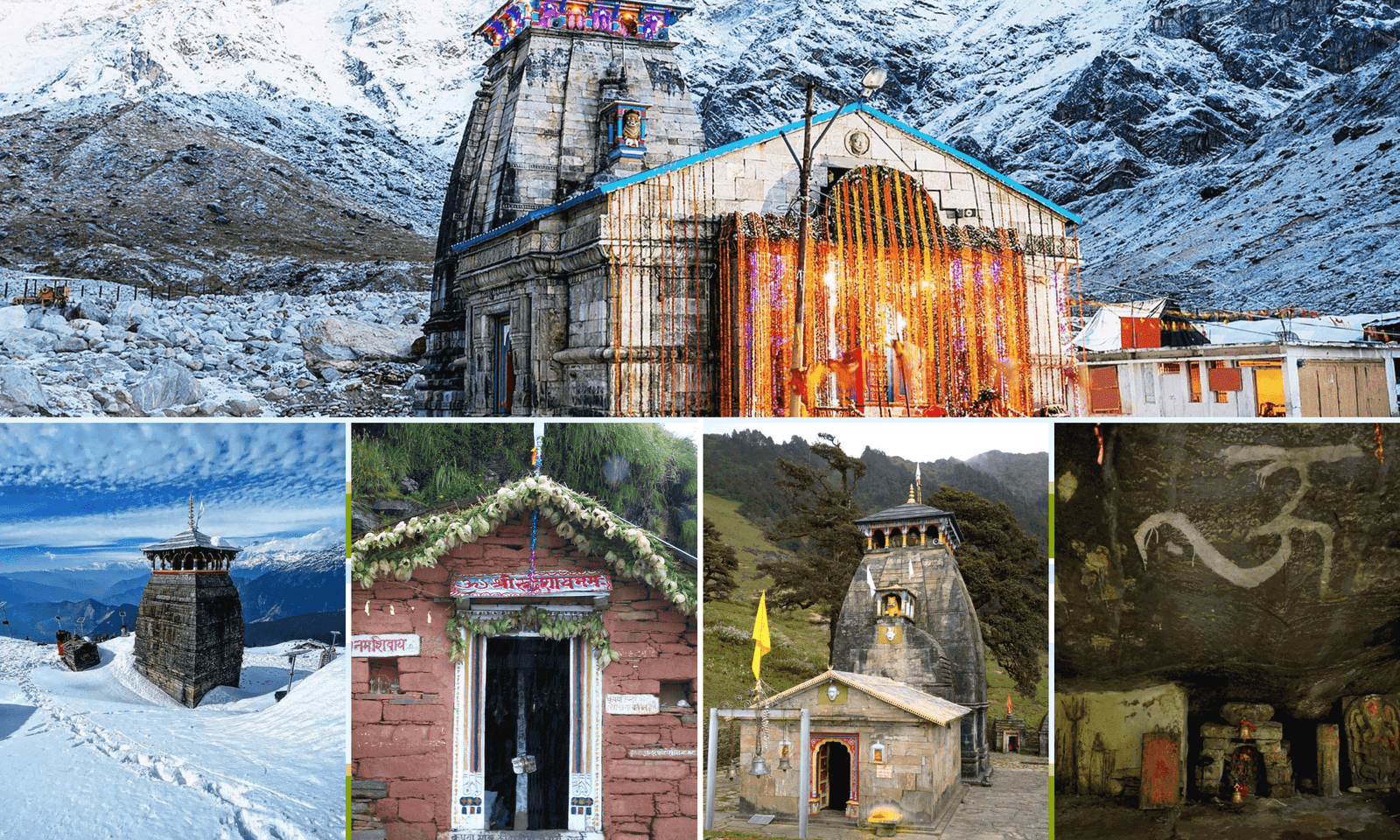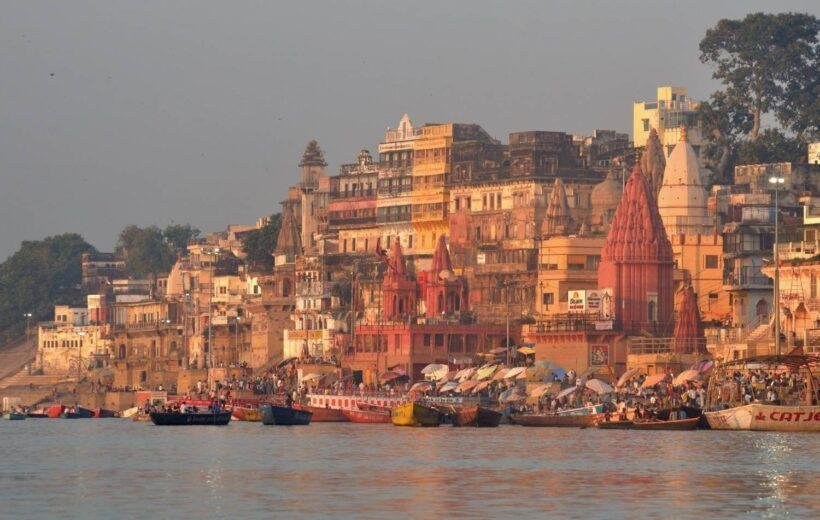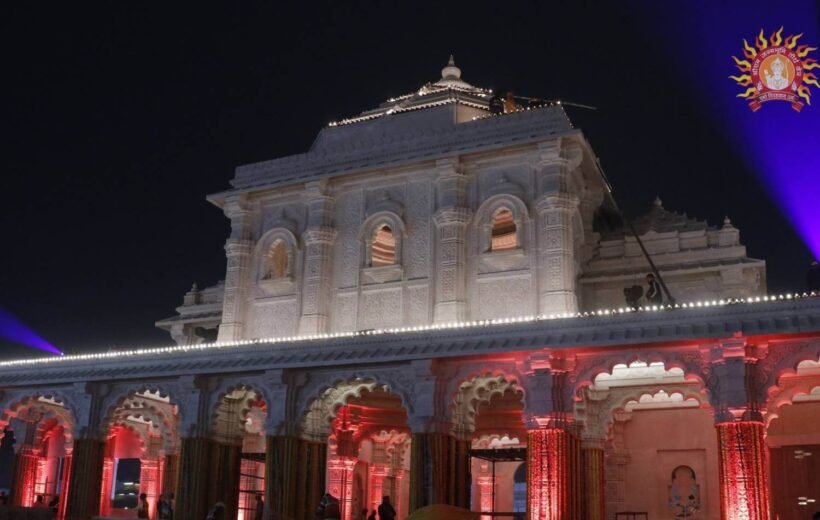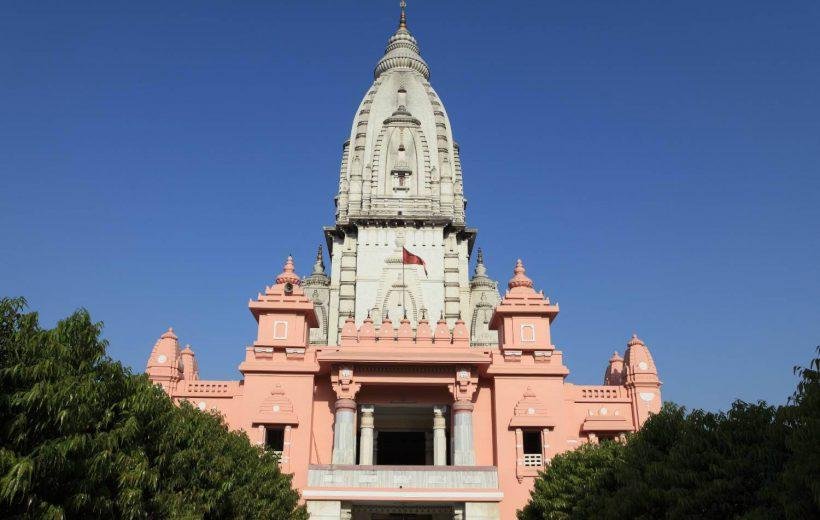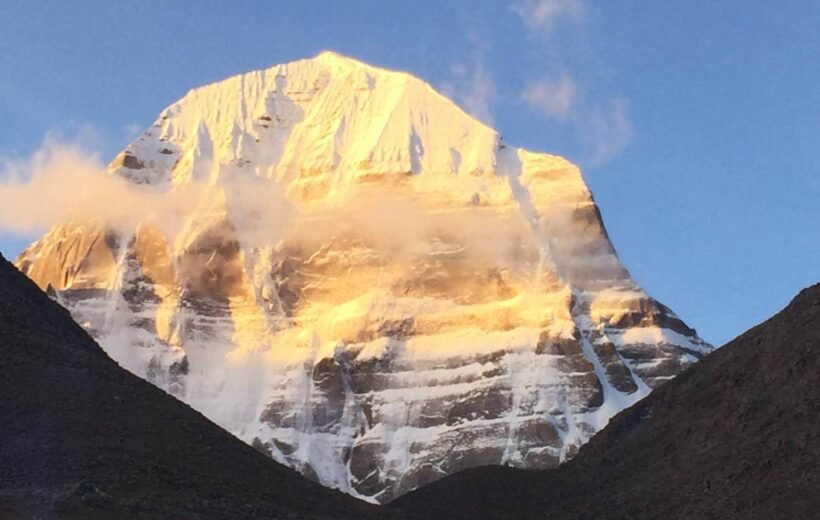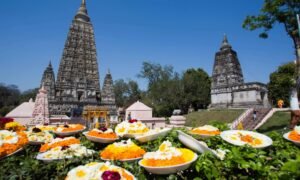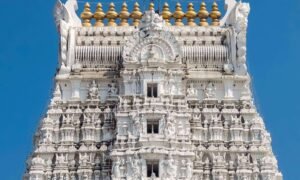Sanchi Buddhist Pilgrimage Tour
Sanchi Buddhist Pilgrimage Tour
Overview
What makes Sanchi a renowned place as a popular Buddhist tourist destination in India is the fact that, along with the monuments of Bodh Gaya, Sanchi’s Buddhist Monuments have also been recognised as World Heritage Sites under UNESCO. Therefore, being a heritage site, these monuments are more than just religious places but also act as sites that preserve with them a piece of history. An important destination for Buddhist tourism in India, Sanchi houses the Great Stupa. Said to have been built in the third century BC by Emperor Ashoka of the Mauryan Empire, the Great Stupa is considered one of the finer structures erected for Buddhism in the country. A hemispherical dome structure, the Stupa has four gateways, with each of them containing carvings that represent events and stories from the life of the Buddha. The hemispherical structure of the dome is said to represent the dome of heaven covering the earth, and is a symbolic structure with much meaning.
The Great Stupa at Sanchi, one of the main places of interest on a pilgrimage tour, is also believed to contain within itself a part of the Buddha’s ashes, which were distributed in many parts after his death and cremation. Although the structure did take some damage during the 2nd century BCE, it was repaired in the 1st century BCE, where it took its present shape. Apart from the Great Stupa, Sanchi also has other places of interest for tourists and devotees such as various stupas, temples, and monasteries related to Buddhism. Along with the Great Stupa, other important stupas that exist include Stupa no.2, located at a distance from the west of the Great Stupa and in close proximity to a man-made pond, Stupa no. 3 that can be seen as the first stupa on entering the Sanchi archaeological site, both standing tall with their beautiful and intricately carved gateway and outer structures that make it one of the best places to visit on an expedition of Sanchi Tourism.
Located in the central Indian state of Madhya Pradesh, Sanchi has various other structures related to Buddhism as well. At Sanchi, you can also find the Ashoka Pillar, established by the Mauryan King Ashoka himself, who considered it to be a place of much importance and held it in high reverence. Over the years, even though Sanchi came to adopt Buddhism as the primary religion over Hinduism, especially during the reign of Emperor Ashoka, it was not immune to the passage of time. Over the years, the many stupas of Sanchi would come to be deserted and covered in dust and nature, only to be discovered again during excavations in 1818, which will continue to repair and renew until 1912-1919 to present themselves as the marvelous, and giant structures that they are today. One of the oldest stone structures to be found in India, the Great Stupa and the nearby stupas form the main attractions to be explored in the sacred city of Sanchi. Its history, architecture and intricate carvings tell the story of a time gone by, and exist to preserve the remnants of a past that was once loved by the Mauryan King himself. Evidence of the regal past of Emperor Ashoka and the humble life of the Buddha, Sanchi is one expedition that should be visited on a Buddhist pilgrimage tour of India.



